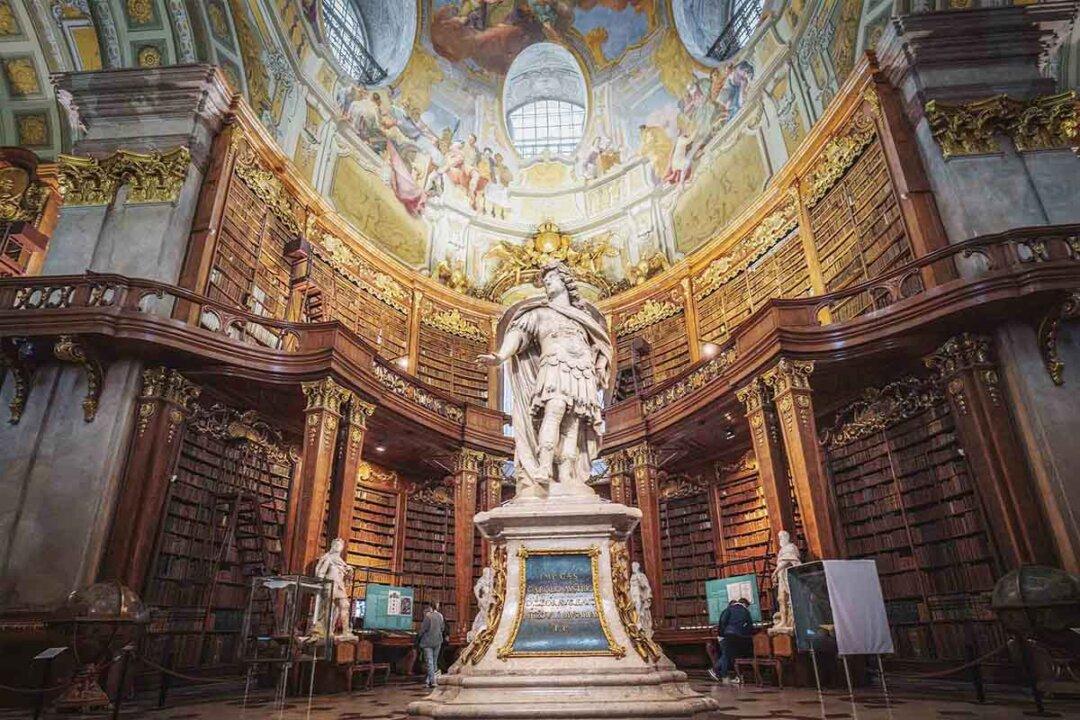Beautiful, sublime, beyond extravagant—this perfectly describes the State Hall of the Austrian National Library, undoubtedly one of the most beautiful libraries in the world.
The library sits squarely in the middle of Vienna, once the center of a vast and powerful empire across Europe.






